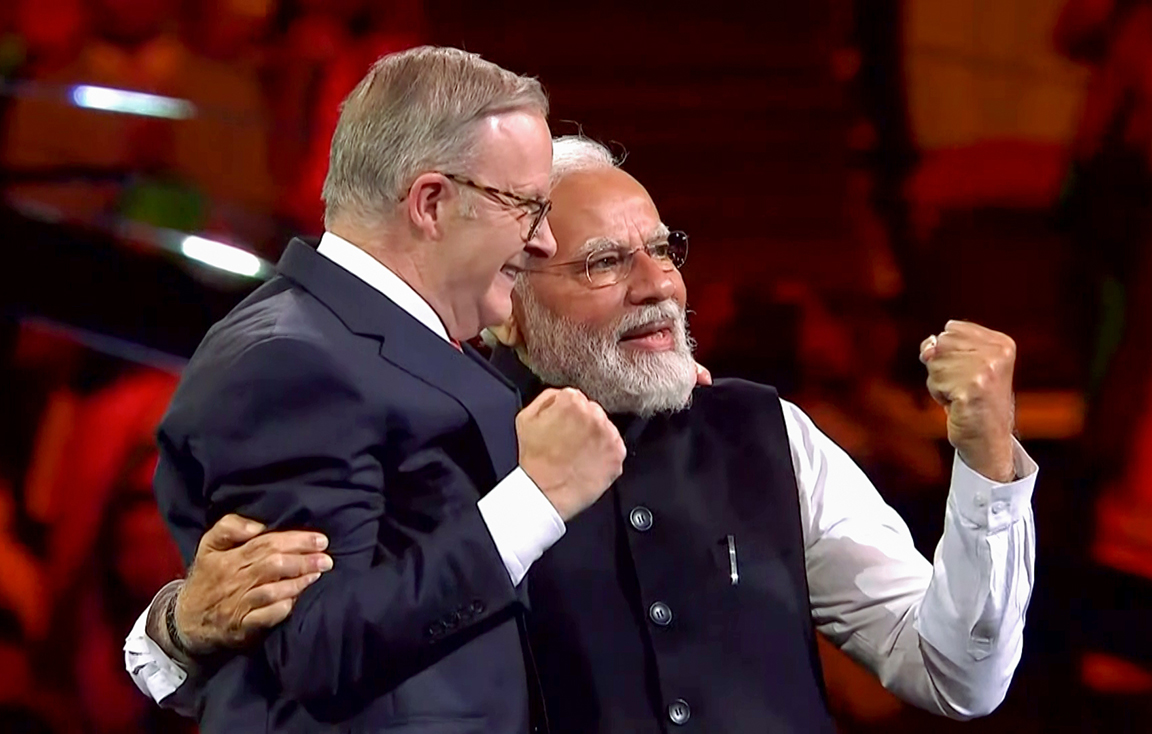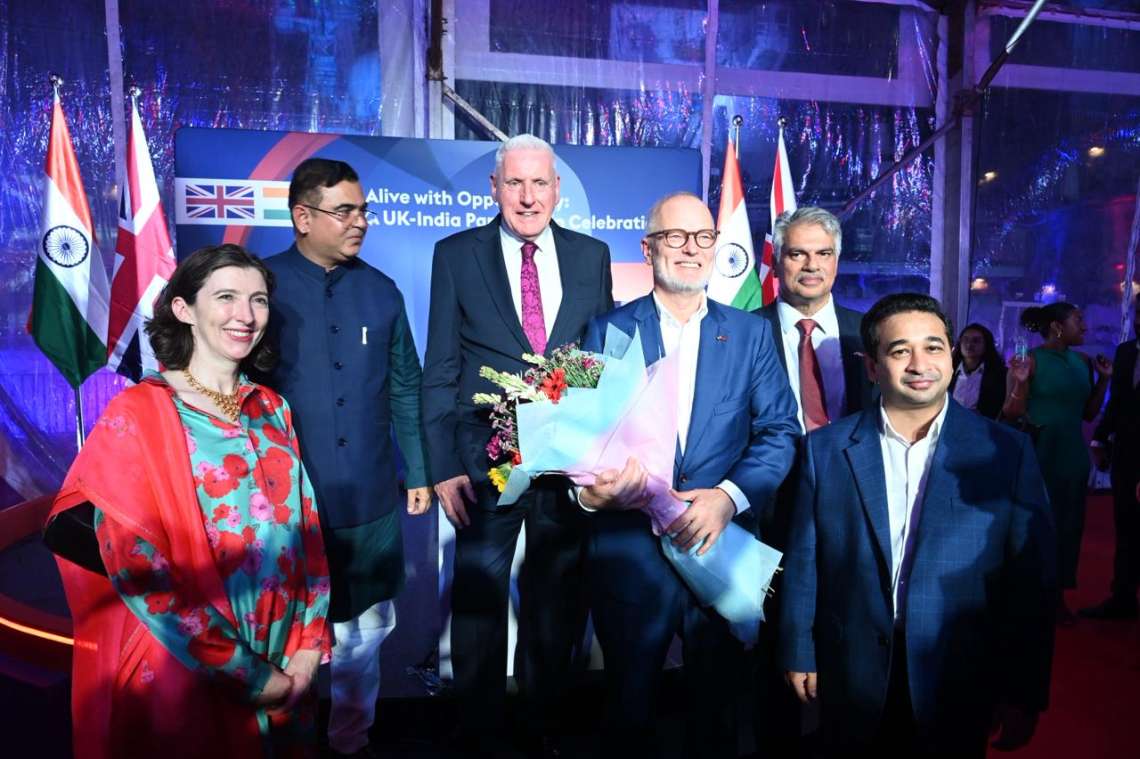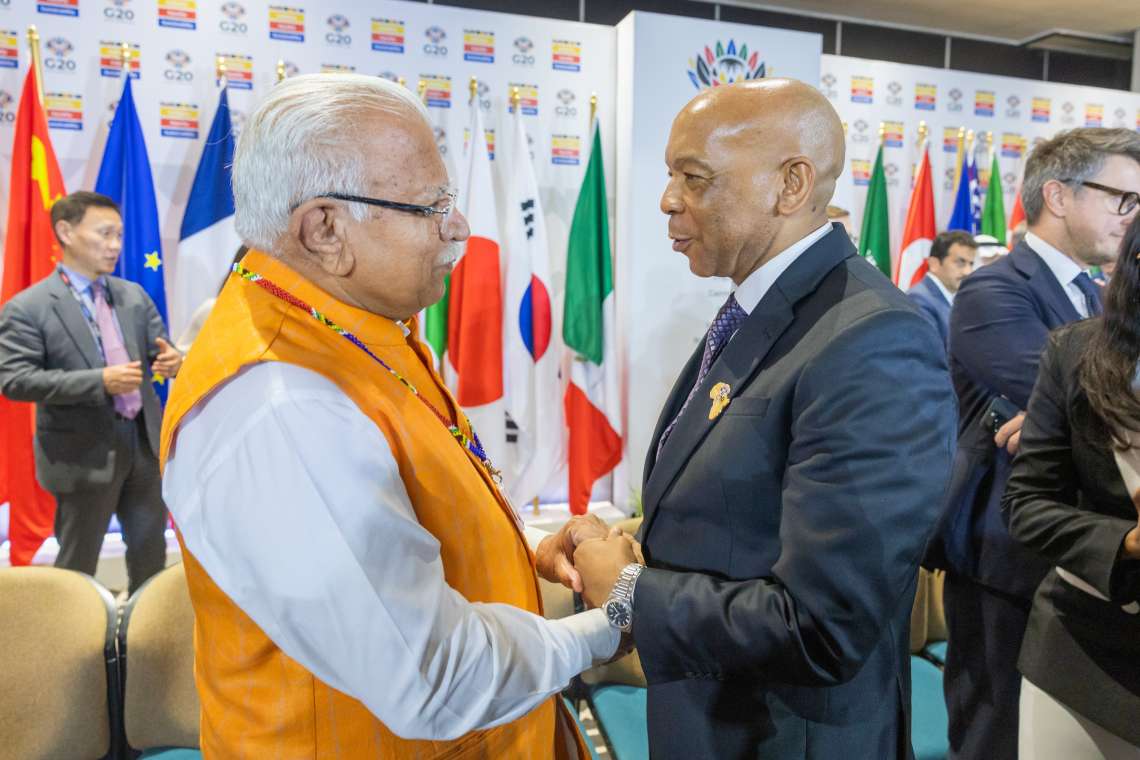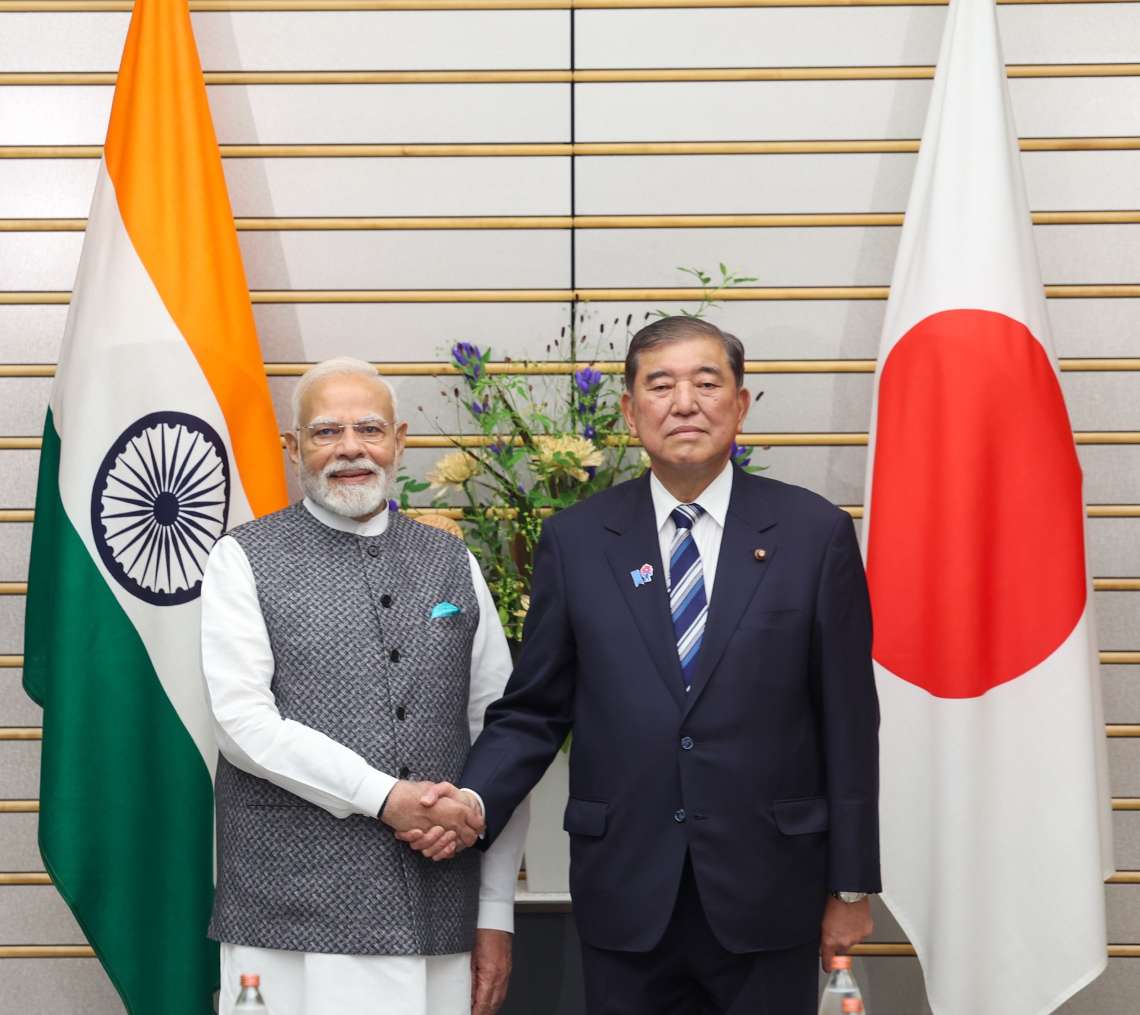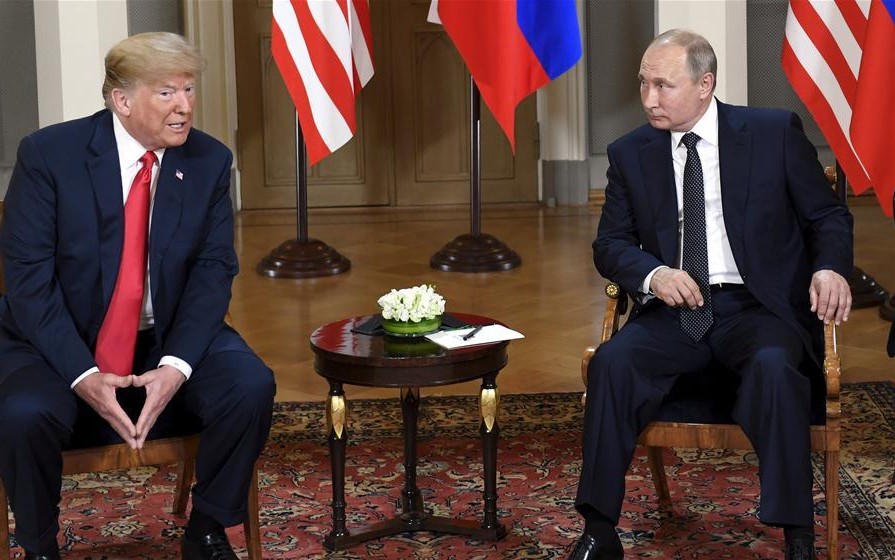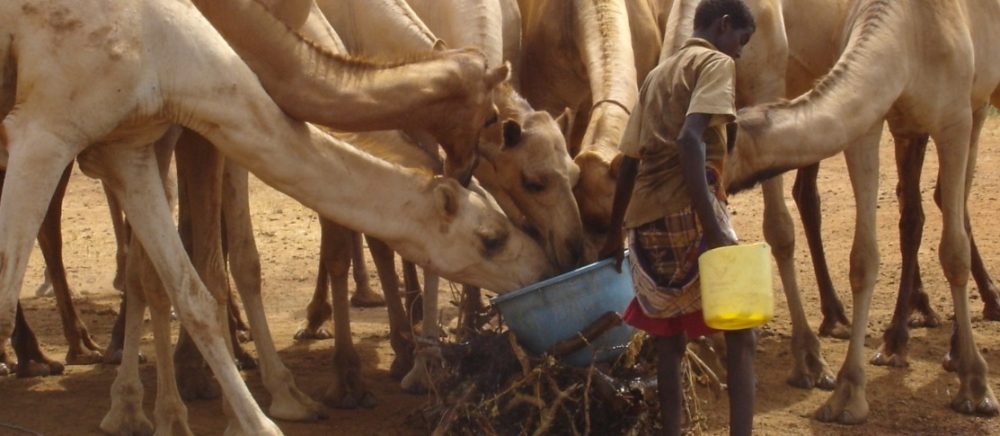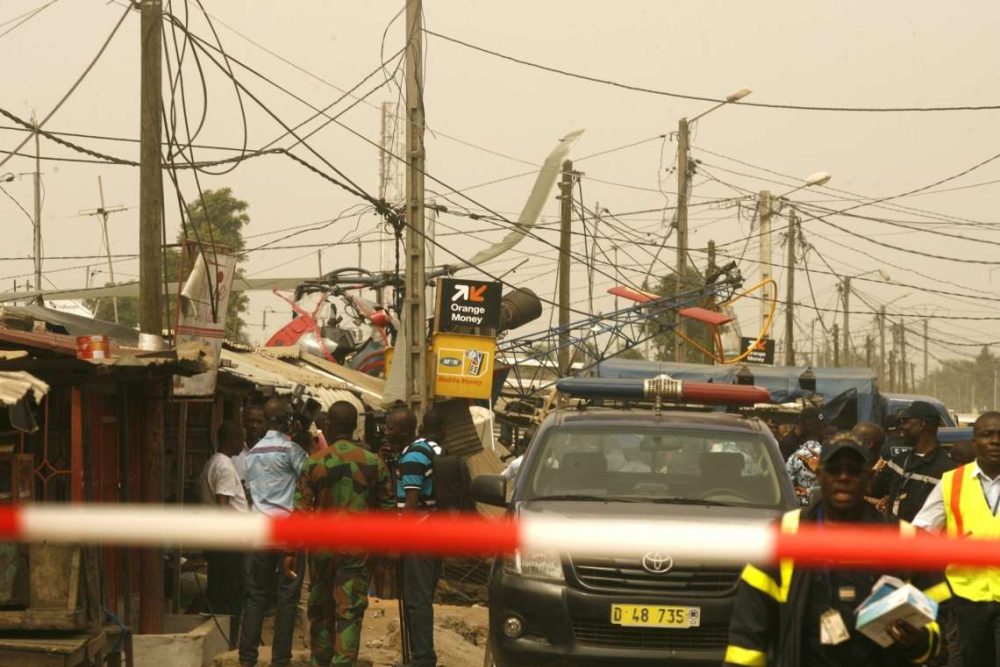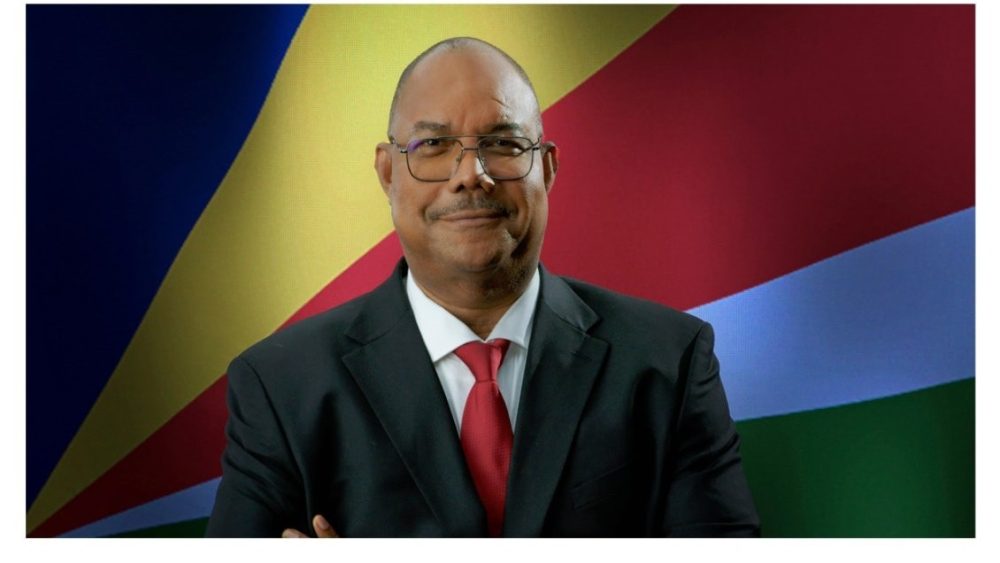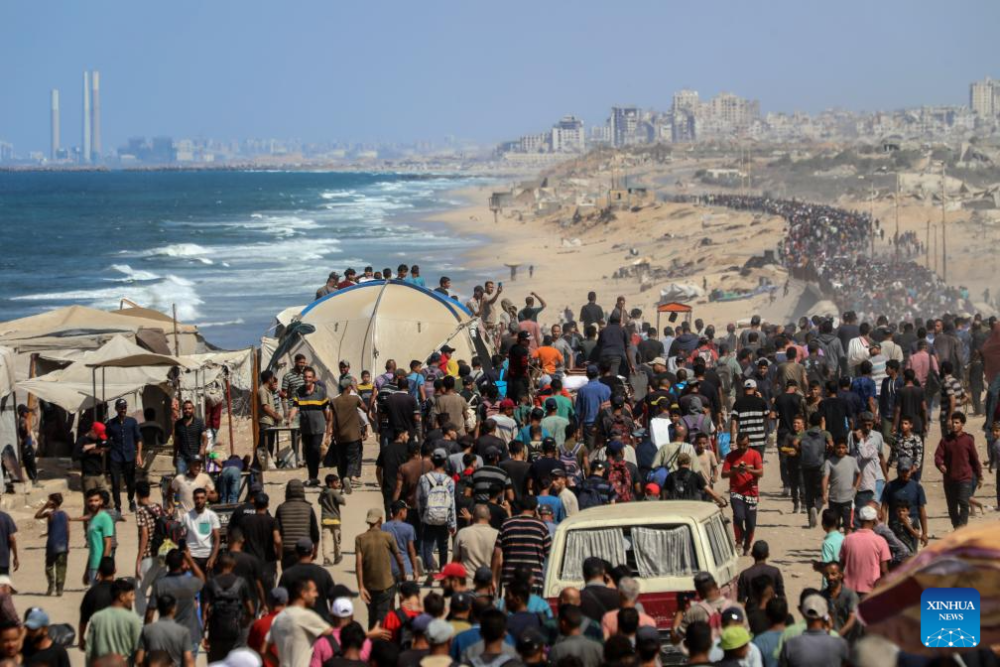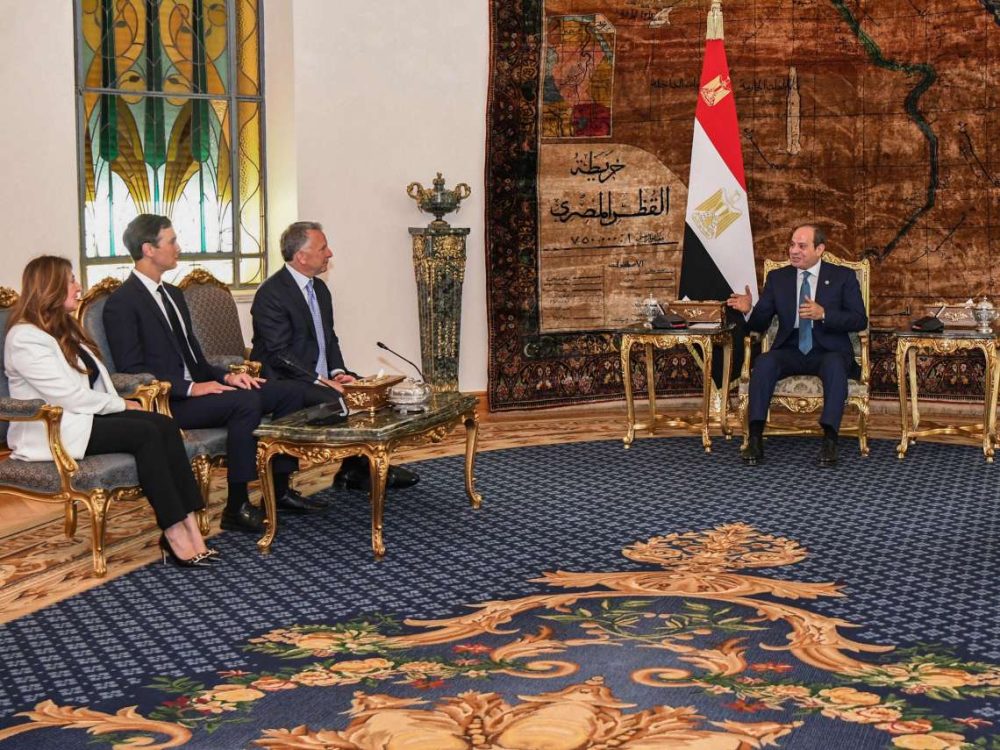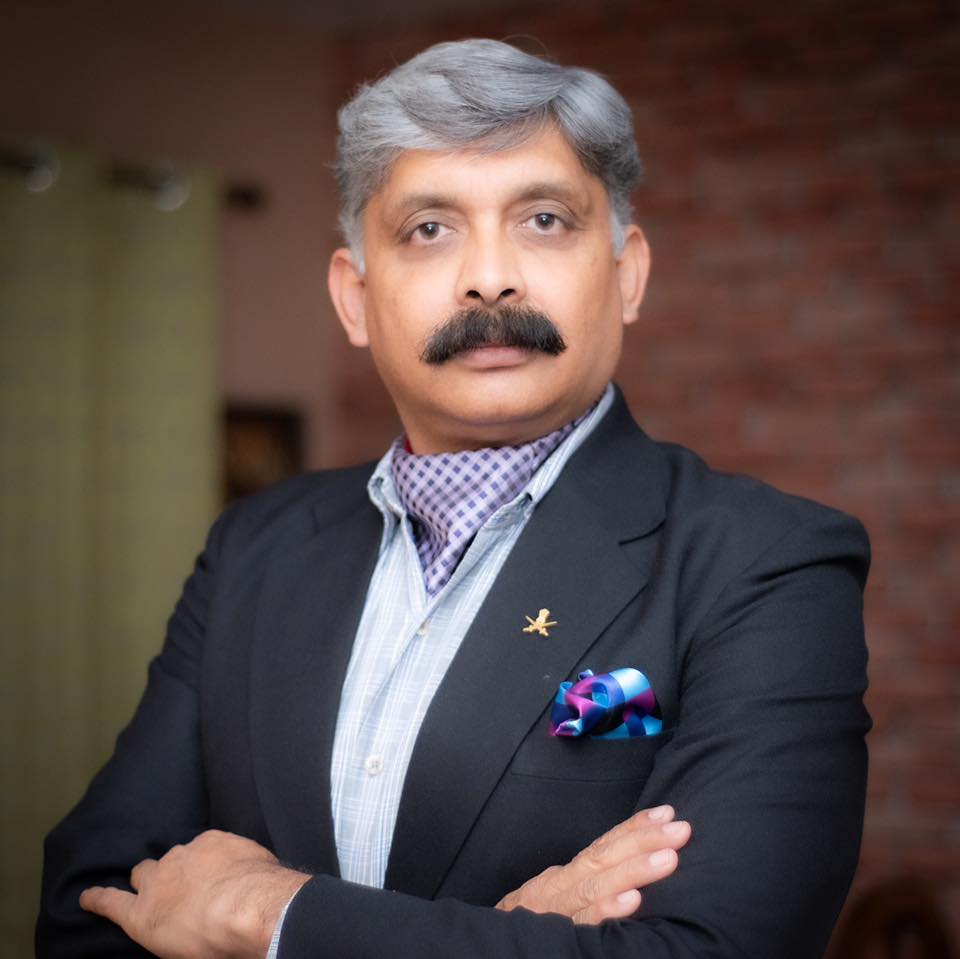
Australia and India must urgently create an Indo-Pacific Army HADR Task Force, with integrated teams in Darwin and the Andaman & Nicobar Islands….writes Colonel Danvir Singh (Retd)
As the Australian Chief of Army visits India this week, New Delhi and Canberra have a unique chance to advance their partnership by focusing on joint disaster relief efforts—a collaboration centred not on force, but on saving lives together.
Despite frequent disasters affecting the Indo-Pacific region, India and Australia have yet to establish a combined military unit for humanitarian relief. This is a prime opportunity to drive real change through coordinated action.
A Timely, Tangible Step Under the Quad
This is not a radical departure from existing policy. In fact, it builds naturally on commitments already made under the Quad.
At their 2022 summit in Tokyo, QUAD leaders launched a joint HADR partnership, promising coordinated responses to climate-related and other emergencies across the Indo-Pacific. India plays a leading role in regional disaster relief, particularly in South Asia. Extending that reach to Australia’s backyard-the Pacific-would be a logical and practical next step.
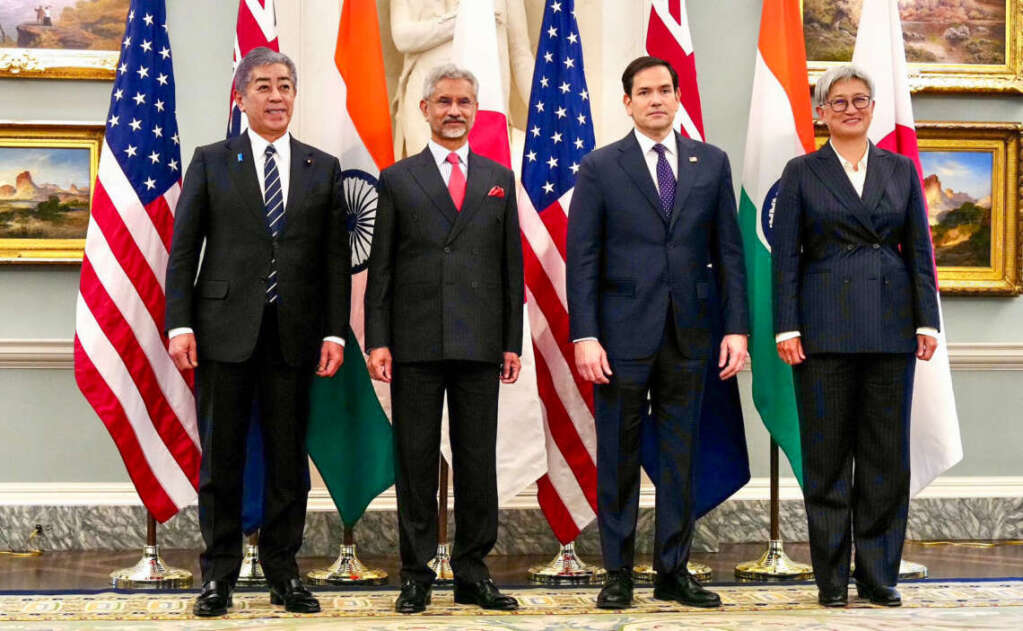
An Indian Army HADR presence in Darwin—whether through liaison officers, seasonal deployments, or support teams—would help turn QUAD commitments into concrete, visible actions. This cooperation would move beyond dialogue to showcase a tangible partnership.
This proposal could also build on existing bilateral mechanisms such as the Army-to-Army Staff Talks, which have been held annually since 2016 and serve as a key platform for operational and strategic coordination. Integrating HADR planning into these talks would provide an established, military-to-military channel to refine joint disaster relief doctrines, conduct scenario-based planning, and align deployment protocols. This would ensure that any Indo-Pacific Army HADR Task Force is grounded in tested procedures and shared understanding, rather than being developed from scratch.
But Why Darwin?
Darwin already serves as a critical hub for disaster response and regional defence cooperation. It’s home to the US Marine Rotational Force, hosts multinational exercises, and lies at the strategic intersection of northern Australia and the Pacific. But Australia’s defence forces are stretched thin, a reality its own officials readily acknowledge. While Australia will remain a key first responder in the Pacific, it doesn’t have to shoulder the burden alone.
An Indian presence in Darwin wouldn’t dilute Australia’s leadership-it would reinforce it. It would improve interoperability, accelerate joint response times, and strengthen regional solidarity when it’s needed most.
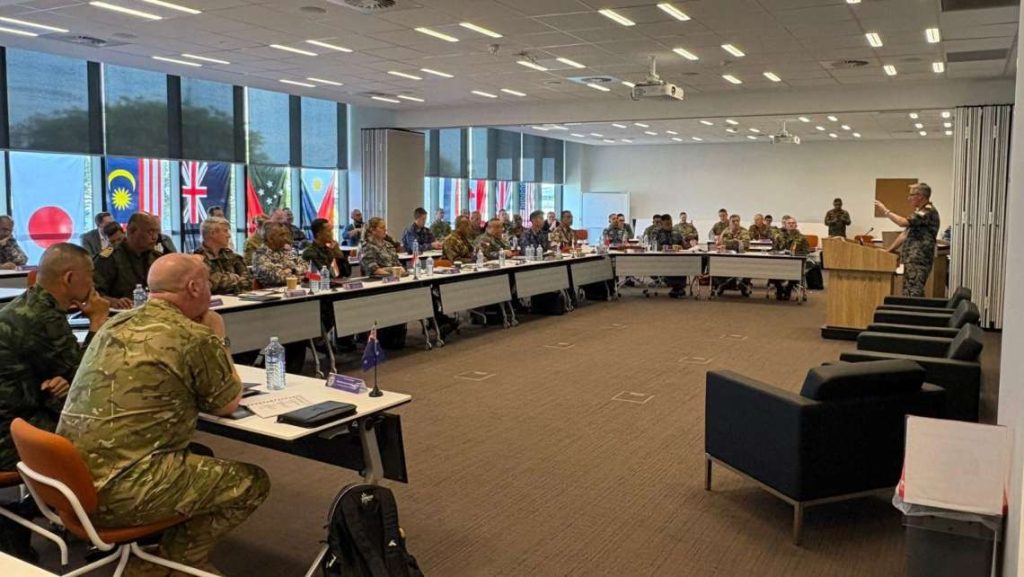
Small Footprint, Big Impact
This cooperation does not require massive deployments or heavy infrastructure, as there are practical and scalable models available. One minimal approach would be to deploy Indian liaison officers to Darwin, where they can assist with planning and exercises.
Alternatively, a seasonal model could involve sending a small, mobile HADR team during high-risk periods, with pre-positioned supplies to increase preparedness. For more continuous engagement, a permanent light team could be established, consisting of a small joint cell with Indian and Australian officers coordinating under the Quad framework.
All of these options promote operational cooperation while keeping costs manageable. More importantly, each would demonstrate that India and Australia can achieve real impact by collaborating on disaster relief.
Regional Trust, Built in Action
This isn’t just about optics or alliance-building. For vulnerable nations across the Pacific and Southeast Asia, disaster relief is more than a policy-it’s a lifeline. A joint HADR force led by India and Australia would offer reassurance that major Indo-Pacific powers are ready to act swiftly, cooperatively, and compassionately.
For India, this presents an opportunity to step confidently into its evolving role as a net security provider beyond the Indian Ocean. For Australia, it brings additional strength to its humanitarian outreach without adding pressure to an already stretched military. And for the QUAD, it’s a meaningful way to demonstrate that its purpose is not confined to grand strategy-it’s about people, communities, and tangible outcomes.

From Alignment to Action
India and Australia have come a long way in their defence relationship, from shared vision documents to joint exercises and logistics agreements. But now is the time to move beyond declarations.
With Australia’s Army Chief visiting, both nations have a pivotal moment to propose a Joint Indo-Pacific Army HADR Task Force. Establishing teams in Darwin and the Andaman & Nicobar Islands would demonstrate shared resolve and a commitment to decisive, joint crisis action.
This opportunity must be seized. Australia and India should commit now to jointly form an Indo-Pacific Army HADR Task Force, establishing integrated teams in Darwin and the Andaman & Nicobar Islands. By taking this decisive step, both nations can demonstrate their resolve and turn shared purpose into lifesaving action. The time to act together is now!
(Colonel Danvir Singh is a military veteran who is now associated with Doordarshan, DD News, he does weekly shows, one in English and the other in Hindi by the name DEFENCE DYNAMICS. He also appears on various television channels and gives opinions in print media on defence and strategic affairs. He follows developments in weapon systems closely and carries out analysis on matters of Defence, Strategy & Foreign Affairs with special focus on India’s neighbourhood. A prolific writer in various newspapers and magazines, Col Danvir is the author of the book Kashmir’s Death Trap: Tales of Perfidy and Valour.)


